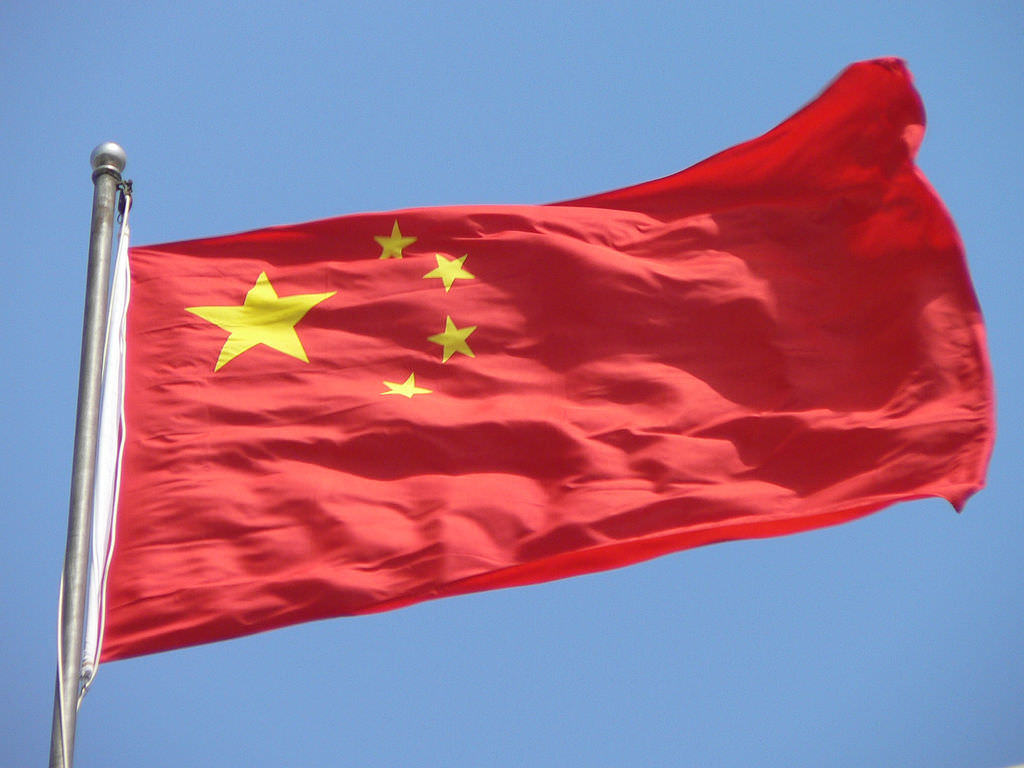China to issue 3tr yuan in special treasury bonds next year

By MG News | December 24, 2024 at 11:58 AM GMT+05:00
December 24, 2024 (MLN): Chinese authorities have agreed to issue 3 trillion yuan ($411 billion) worth of special treasury bonds next year, two sources said, which would be the highest on record, as Beijing ramps up fiscal stimulus to revive a faltering economy.
The plan for 2025 sovereign debt issuance would be a sharp increase from this year's 1tr yuan, as Reuters reported.
This comes as Beijing prepares to soften the blow from an expected increase in US tariffs on Chinese imports when Donald Trump returns to the White House in January.
The proceeds will be targeted at boosting consumption via subsidy programmes, equipment upgrades by businesses and funding investments in innovation-driven advanced sectors, among other initiatives, said the sources.
The sources, who have knowledge of the discussions, declined to be named due to sensitivity of the matter.
The State Council Information Office, which handles media queries on behalf of the government, did not immediately respond to a Reuters request for comment.
The finance ministry and the National Development and Reform Commission (NDRC) also did not provide an immediate response.
China's 10-year and 30-year treasury yields rose 1 basis point (bp) and 2 bps, respectively, after the news.
The planned special treasury bond issuance next year would be the largest on record and underscores Beijing's willingness to go even deeper into debt to counter deflationary forces in the world's second-largest economy.
China does not generally include ultra-long special bonds in its annual budget plans, as it sees the instrument as an extraordinary measure to raise proceeds for specific projects or policy goals as needed.
As part of next year's plan, about 1.3tr yuan to be raised through long-term special treasury bonds would fund "two major" and "two new" programmes, said the sources with knowledge of the matter.
The "new" initiatives consist of a subsidy programme for durable goods, where consumers can trade in old cars or appliances and buy new ones at a discount, and a separate one that subsidises large-scale equipment upgrades for businesses.
The "major" programmes refer to projects that implement national strategies such as construction of railways, airports and farmland and build security capacity in key areas, according to official documents.
The state planner NDRC said on Dec. 13 that Beijing had fully allocated all proceeds from this year's 1tr yuan in ultra-long special treasury bonds.
About 70% of the proceeds are financing the "two major" projects, while the remainder is going towards the "two new" schemes.
Another big portion of the planned proceeds for next year would be for investments in "new productive forces", Beijing's shorthand for advanced manufacturing, such as electric vehicles, robotics, semiconductors and green energy, the sources said.
One of the sources said the amount earmarked for that initiative would be more than 1tr yuan.
The remaining proceeds would be used to recapitalise large state banks, said the sources, as top lenders struggle with shrinking margins, faltering profits and rising bad loans.
The issuance of new special treasury debt next year would equate to 2.4% of the country's 2023 gross domestic product (GDP). Beijing had raised 1.55tr yuan via such bonds in 2007, or 5.7% of the country's economic output at that time.
President Xi Jinping and other top officials met at the annual Central Economic Work Conference (CEWC) on Dec. 11-12 to chart the economic course for 2025.
A state media summary of that meeting said it was "necessary to maintain steady economic growth", raise the fiscal deficit ratio and issue more government debt next year, but did not mention specific numbers.
Reuters reported last week, citing sources, that China plans to raise the budget deficit to a record 4% of GDP next year and maintain an economic growth target of around 5%.
At the CEWC, Beijing sets targets for economic growth, the budget deficit, debt issuance and other goals for the year ahead.
These targets, usually agreed upon by top officials at the meeting, will not be officially announced until an annual parliament meeting in March and could still change before then.
China's economy has struggled this year due to a severe property crisis, high local government debt and weak consumer demand.
Exports, one of the few bright spots, could soon face US tariffs in excess of 60% if Trump delivers on his campaign pledges.
While the risks to exports mean China will need to rely on domestic sources of growth, consumers are feeling less wealthy due to falling property prices and minimal social welfare.
Weak household demand also poses a key risk.
Last week, Chinese officials said that Beijing plans to expand the consumer goods and industrial equipment trade-in programmes to include more products and sectors.
Copyright Mettis Link News
Related News
| Name | Price/Vol | %Chg/NChg |
|---|---|---|
| KSE100 | 125,627.31 258.99M |
1.00% 1248.25 |
| ALLSHR | 78,584.71 1,142.41M |
1.16% 904.89 |
| KSE30 | 38,153.79 69.25M |
0.63% 238.06 |
| KMI30 | 184,886.50 91.38M |
0.01% 13.72 |
| KMIALLSHR | 53,763.81 554.57M |
0.54% 290.61 |
| BKTi | 31,921.68 33.15M |
1.78% 557.94 |
| OGTi | 27,773.98 9.65M |
-0.40% -112.21 |
| Symbol | Bid/Ask | High/Low |
|---|
| Name | Last | High/Low | Chg/%Chg |
|---|---|---|---|
| BITCOIN FUTURES | 107,825.00 | 107,860.00 107,555.00 |
-410.00 -0.38% |
| BRENT CRUDE | 66.63 | 67.20 65.92 |
-0.17 -0.25% |
| RICHARDS BAY COAL MONTHLY | 97.00 | 97.00 97.00 |
1.05 1.09% |
| ROTTERDAM COAL MONTHLY | 107.65 | 107.65 105.85 |
1.25 1.17% |
| USD RBD PALM OLEIN | 998.50 | 998.50 998.50 |
0.00 0.00% |
| CRUDE OIL - WTI | 64.95 | 65.02 64.83 |
-0.16 -0.25% |
| SUGAR #11 WORLD | 16.19 | 16.74 16.14 |
-0.52 -3.11% |
Chart of the Day
Latest News
Top 5 things to watch in this week
Pakistan Stock Movers
| Name | Last | Chg/%Chg |
|---|
| Name | Last | Chg/%Chg |
|---|



.jpg)